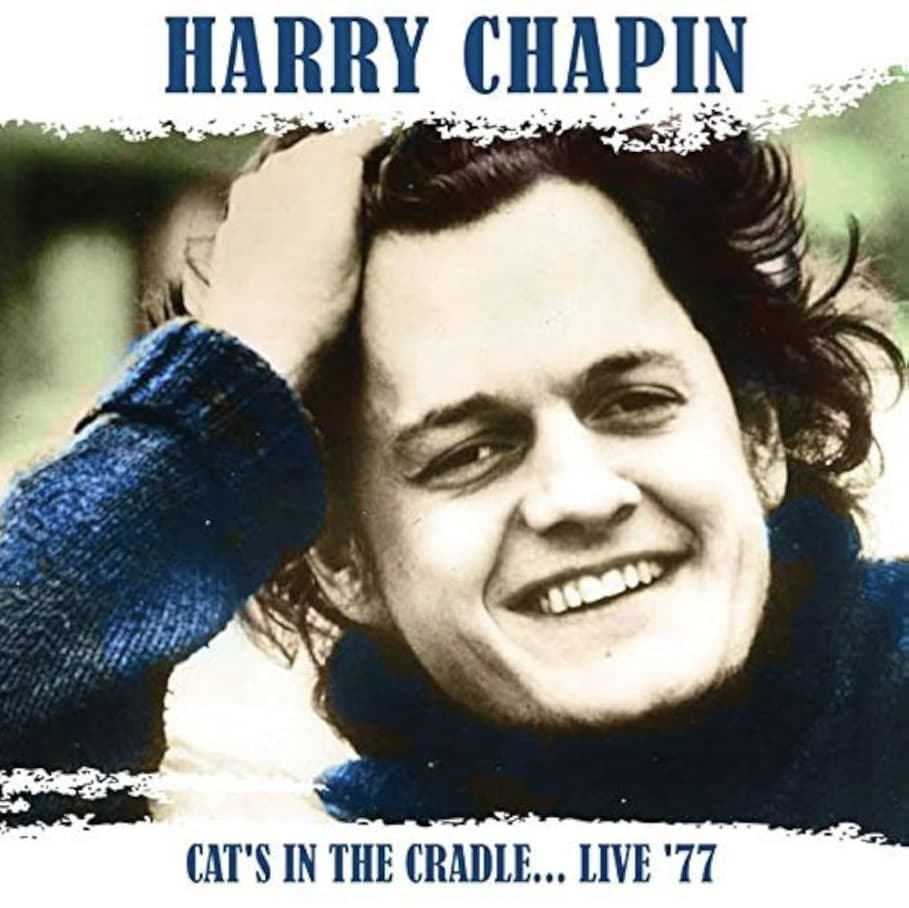
Harry Chapin – “Cat’s in the Cradle”: A Timeless Reflection on Fatherhood and Regret
Harry Chapin’s “Cat’s in the Cradle” is a poignant and introspective folk-rock ballad that explores the complexities of father-son relationships, the passage of time, and the unintended consequences of neglect. Released in 1974 on the album Verities & Balderdash, the song became Chapin’s only No. 1 hit on the Billboard Hot 100, solidifying its place as a cornerstone of his career. Written by Chapin and his wife, Sandra Chapin, the track’s universal themes and storytelling brilliance have made it an enduring classic.
The song opens with a simple yet emotive acoustic guitar riff, immediately establishing a reflective and somber mood. This minimalist arrangement complements the song’s narrative focus, allowing the listener to fully absorb the lyrics. As the track progresses, the instrumentation subtly builds, incorporating bass, light percussion, and string embellishments that heighten its emotional impact.
Lyrically, “Cat’s in the Cradle” tells the story of a father who, despite his best intentions, fails to spend quality time with his son due to work and other obligations. The narrative unfolds through a series of vignettes, starting with the son’s birth and culminating in the father’s old age. Each verse captures a moment in time, with recurring lines like “I’m gonna be like you, Dad” serving as both a hopeful promise and a bittersweet reminder of the son’s growing independence.
The chorus, “And the cat’s in the cradle and the silver spoon / Little boy blue and the man in the moon,” uses symbolic imagery to underscore the passage of time and the missed opportunities for connection. This refrain, repeated throughout the song, becomes more poignant with each iteration, reflecting the cyclical nature of life and relationships.
Chapin’s vocal performance is understated yet deeply emotional. His delivery is conversational, almost as if he’s recounting a personal story, which enhances the song’s relatability and authenticity. As the narrative builds to its poignant conclusion—where the father realizes his son has grown up to mirror his own distant behavior—Chapin’s voice conveys a sense of quiet resignation and regret that lingers long after the song ends.
The song’s structure is a masterclass in storytelling. Each verse introduces a new chapter in the father-son relationship, while the recurring chorus serves as a thematic anchor. This balance of narrative progression and repetition creates a sense of inevitability, drawing the listener into the emotional arc of the story. The gradual buildup in the arrangement mirrors the growing weight of the father’s realization, making the song’s climax all the more impactful.
Since its release, “Cat’s in the Cradle” has become one of the most enduring songs about family dynamics and the passage of time. Its universal themes have resonated with listeners across generations, inspiring reflection on the importance of prioritizing relationships over material success or career ambitions. The song’s message has made it a staple of folk and pop culture, often referenced in films, television, and other media.
The track’s success also highlighted Chapin’s ability to use music as a medium for storytelling, a hallmark of his career. “Cat’s in the Cradle” exemplifies his knack for combining relatable themes with poetic lyrics and emotive melodies, ensuring its place as one of the most iconic songs of the 1970s.
In the decades since its release, “Cat’s in the Cradle” has been covered by numerous artists, including Ugly Kid Joe’s popular 1993 rock version, which introduced the song to a new generation. Despite these reinterpretations, Chapin’s original version remains definitive, capturing the raw emotion and timeless wisdom of its narrative.
In the end, “Cat’s in the Cradle” is more than just a song—it’s a cautionary tale and a heartfelt reminder of the fleeting nature of time and the importance of nurturing personal connections. Harry Chapin’s reflective performance, coupled with the song’s masterful storytelling and universal themes, ensures its place as a classic that continues to resonate with audiences worldwide.